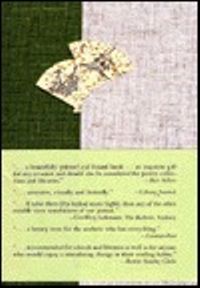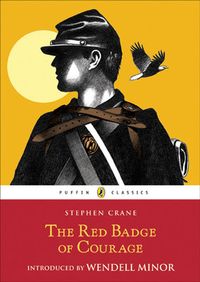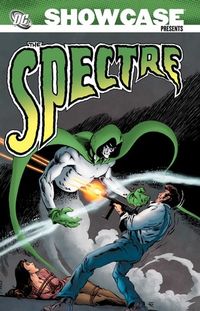
The Primrose Path
A Classics, Fiction book. This is Bram's first book and lacks all the things that made Bram Stoker famous i.e....
The Primrose Path is an 1875 novel by Bram Stoker. It was the writer's first novel, published 22 years before Dracula and serialized in five installments in The Shamrock, a weekly Irish magazine, from February 6, 1875 to March 6, 1875. Jerry O'Sullivan, honest Dublin theatrical carpenter, moves to London, seeking a better job. Against the better judgement of the people surrounding him, Jerry decides to go to the metropolis with his faithful wife Katey. O'Sullivan is hired as head carpenter in a squalid theatre in London, but after several misfortunes he is strongly tempted by and eventually brought down by alcohol. Abraham "Bram" Stoker (8 November 1847 – 20 April 1912) was an Irish novelist and short story writer, best known today for his 1897 Gothic novel Dracula. During his lifetime, he was better known as personal assistant of actor Henry Irving and business manager of the Lyceum Theatre in London, which Irving owned. Stoker had a strong interest in science and medicine and a belief in progress. Some of...
Download or read The Primrose Path in PDF formats. You may also find other subjects related with The Primrose Path.
- Filetype: PDF
- Pages: 128 pages
- ISBN: 9781874287216 / 0
HJrAjB_nIb.pdf
More About The Primrose Path
This is Bram's first book and lacks all the things that made Bram Stoker famous i.e. vampires. Still I liked this temperance book. The characters where well rounded, the scenes detailed and interesting. Though this book ends rather abruptly I would recommend it. **some minor spoilers and plot details follow**(this is my first review)( ^ I've always wondered why people say that)Okay, so, I only decided to do a review for this book because only 15 people have actually rated it on goodreads. And I think that this being Bram Stoker's first novel, a temperance novel, a novel that is very true to... A cautionary tale spelling out the insidious effects of alcohol and London. Although quaint and self-righteous by modern standards, this story nevertheless manages to paint a fairly vivid picture of the poor in the Victorian capital.











